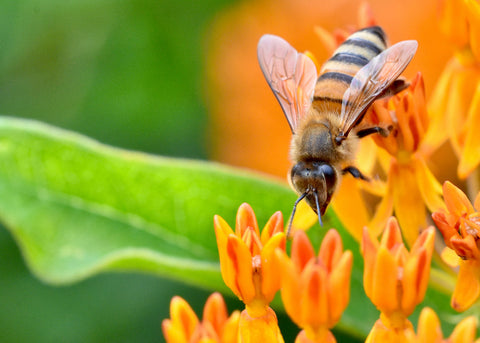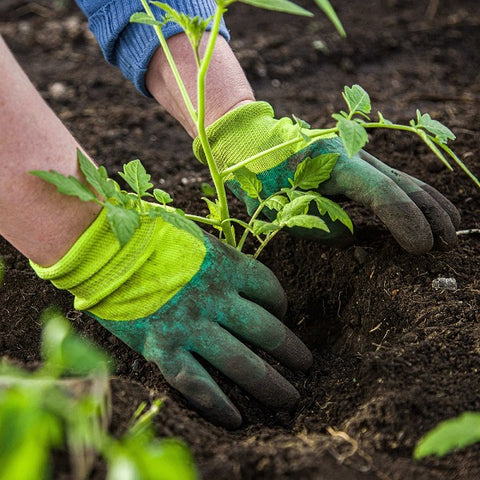While most vegetables need full sunlight (more than 6 hours a day) to produce the fresh foods we love, some vegetables and fruits can be grown in partial shade. Many plants are grown for food parts and do not need sunlight to bloom and bear fruit, such as leafy greens and root crops. And almost all animals like cool weather.The following content also has some reference value for raised garden beds.

Swiss chard
Among vegetables, leafy greens are the most shade tolerant, including kale, lettuce, spinach, arugula, and beets. A close relative of beets and spinach, Swiss chard tastes a bit like both vegetables and is easy to grow. Look for a variety of beautiful reds, yellows and pinks, and pair this vegetable with cool season flowers such as pansies in beds and containers.
Kale
Kale is a tried-and-true favorite that's been popular lately, and it's prolific during the cool season and in shady parts of the garden. Varieties range from green to purple, curly to smooth. For the best flavor, harvest the leaves when they are young and often extend the harvest time.
Broccoli
Broccoli is a member of the brassicaceae family, which also includes cabbage, cauliflower, kohlrabi, Brussels sprouts and cauliflower. All brassicas provide shade. Plant broccoli in the spring and fall and harvest the heads while the buds are still tight. When plants try to flower, sunlight and time will cause the buds to open.

Cauliflower
Like other brassicas, cauliflower doesn't mind shade, in fact, the flower heads need shade to stay white. This process is called blanching, and while some varieties can blanch themselves, most require the help of a gardener. Bleaching involves tying the outer leaves around the developing head - about 2 to 3 inches wide - to block sunlight.
Cabbage
Cabbage is the king of brassica and grows well in the shade, especially in warm areas. This Chinese cabbage has a slender shape and meaty leaves. Loose-headed varieties like bok choy may grow better in the shade, as a lack of light can cause solid-headed cabbage varieties to grow too loose to form a proper head.
Beet
In addition to leafy greens and brassicas, most root crops grow well in shady places, including beets, carrots, turnips, and radishes. When half or more of the roots are sticking out of the soil, the beets are ready to be harvested. In addition to beetroot, beet leaves are also edible and taste much like beets.
Radishes
Likewise, radishes grow well in shady places and are an amazing crop: easy to grow, germinate quickly, and are almost foolproof as long as the soil and humidity conditions are adequate. In addition to the classic carrot, try different varieties of radishes, as radishes come in many shapes, sizes and colors.
Carrot
Carrots can also tolerate shade. When the top of this easy-to-grow root vegetable is exposed to the soil, it is ready to harvest. Like beets, carrots are edible.
Leek
This member of the onion plant family grows best in shady, cool weather. In addition to being a delicious cooking crop, leeks are considered good companions for carrots because they keep away pests that feed on them.
Broad bean
Also known as "broad beans," broad beans grow well in early spring and like a little shade, especially in warmer climates. They can also be planted in the fall and planted in the winter for an early spring harvest. Post-harvest beans are labor-intensive, as they must first be removed from the outer pod, and then each bean is removed from its own shell or skin.
Rhubarb
Rhubarb is a perennial vegetable that is best known in colder climates, where it thrives; Rhubarb does not grow well in warm areas. The leaves of rhubarb are actually poisonous because its stems are edible. Although it will grow in the shade, this plant will produce more beautiful red colors in full sunlight.
Celery
Celery takes a long time to grow, 180 days from planting to harvesting, and it likes cool weather, so not all climates are suitable for it. But it does grow well in the shade. To make celery lighter and sweeter, growers bleach the stalks by shielding them from sunlight, the same way they bleach cauliflower.

Berry
In addition to vegetables, many berry plants also grow well in partial shade, including blackberries, raspberries, currants, and gooseberries. This dwarf blackberry variety is perfect for growing in containers next to ornamental plants.
Alpine strawberry
The alpine strawberry variety is more tolerant of shade than most strawberries that prefer full sun. Also known as woodland strawberries, these near-wild varieties are known for their small fruits and concentrated sweetness.
Herb
In addition to fruits and vegetables, many well-known herbs also grow well in partial shade, including thyme, parsley, cilantro, leeks, tarragon, oregano, and more.









